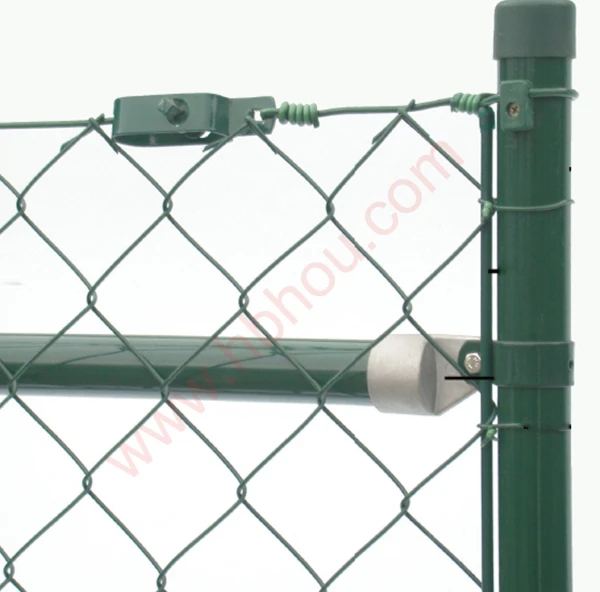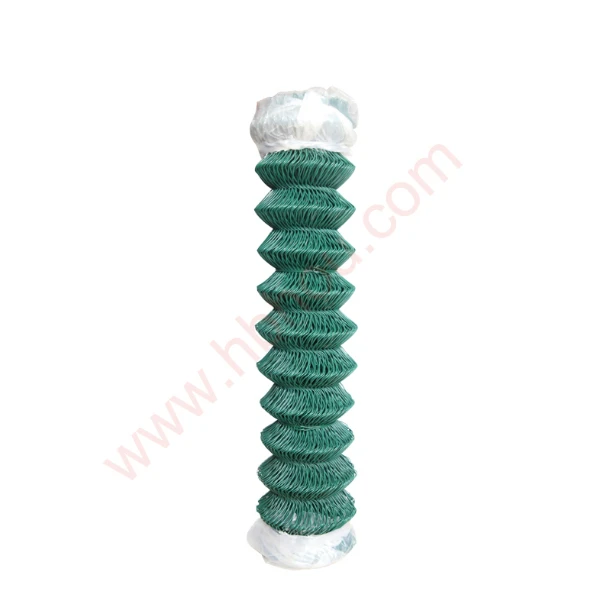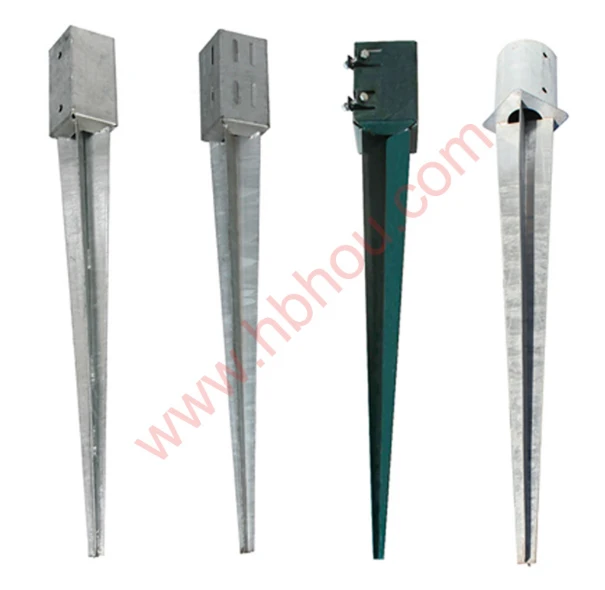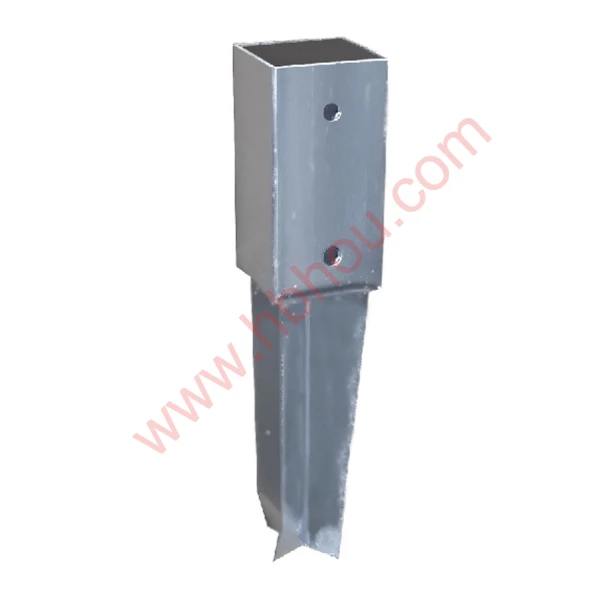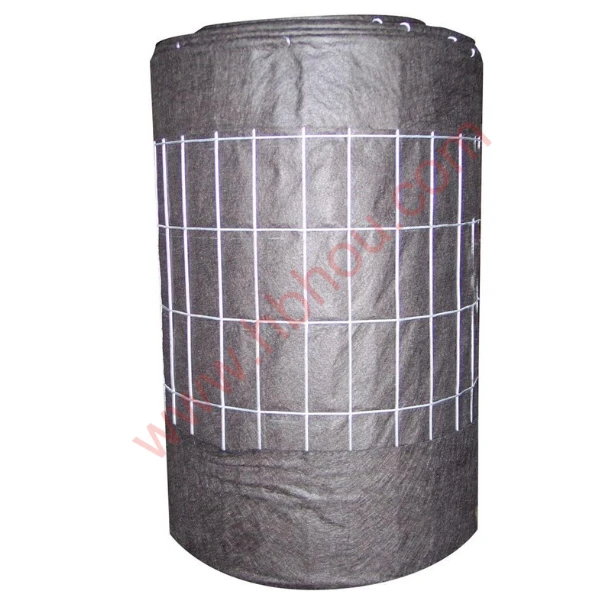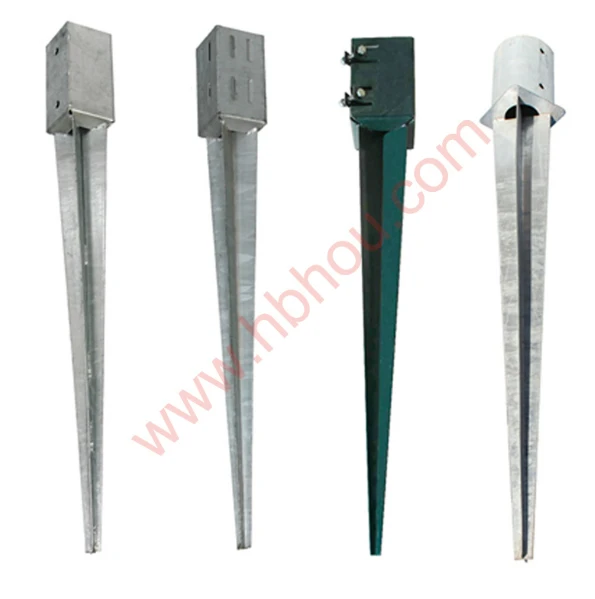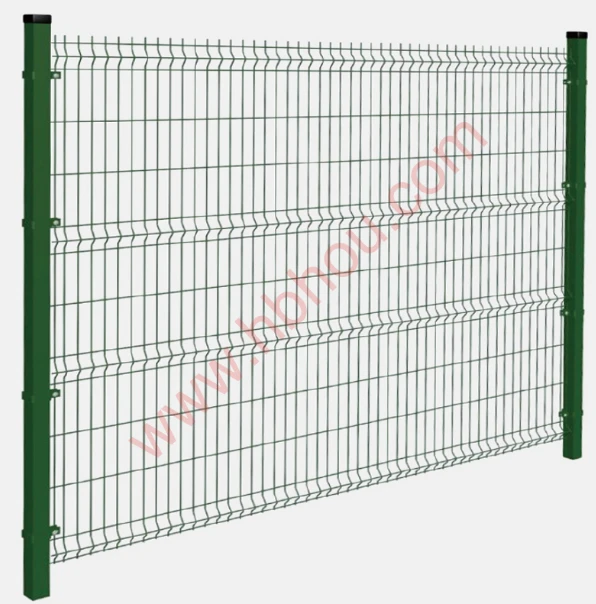Understanding Chain Link Fence Post Gauge A Comprehensive Guide
Chain link fences are a popular choice for a variety of applications, ranging from residential properties to commercial and industrial sites. One of the critical components of these fences is the fence post, which plays a crucial role in ensuring the structure's stability and durability. When selecting a chain link fence, understanding the concept of post gauge is essential.
What is Fence Post Gauge?
The term gauge refers to the thickness of the material used to make fence posts. In the context of chain link fences, fence posts are usually made from steel and come in various gauges, which are determined by the American Wire Gauge (AWG) system. The gauge number inversely relates to the thickness a lower gauge number indicates a thicker post, while a higher gauge number indicates a thinner post. Common gauges for chain link fence posts include 10, 11, 12, and 14.
Importance of Post Gauge in Chain Link Fences
1. Strength and Durability The gauge of the fence post directly affects the overall strength and longevity of the fence. Thicker posts (lower gauge numbers) can withstand harsher weather conditions and external forces, making them ideal for areas prone to high winds or heavy snow. Conversely, thinner posts (higher gauge numbers) may suffice for more temperate locations or for residential properties where the risk of extreme weather is lower.
2. Application Suitability Different applications may require different post gauges. For instance, commercial properties or sites requiring high security might benefit from thicker posts that can resist bending or breaking under stress. On the other hand, residential installations might find a balance with slightly thinner posts that remain cost-effective while achieving adequate support for the fence fabric.
3. Aesthetic Considerations The gauge of the post can also influence the appearance of the fence. Thicker posts provide a more robust look, which may complement the architectural style of certain properties. In contrast, thinner posts create a more delicate appearance, making them suitable for gardens or decorative fencing.
chain link fence post gauge

Selecting the Right Gauge for Your Needs
When choosing the appropriate gauge for your chain link fence posts, consider the following factors
- Environmental Conditions Assess the weather patterns in your area. If you live in a region prone to storms or heavy snowfall, opt for a lower gauge (thicker) post to ensure resilience against these elements.
- Purpose of the Fence Define the primary purpose of your fence. If you need it for security or to enclose pets, reinforced posts may be necessary. For decorative purposes, a higher gauge might suffice.
- Budget Constraints Budget is a critical factor in selecting materials. While thicker posts may be more expensive, they offer long-term savings through durability. Conversely, if the upfront cost is a priority, think about the balance of cost versus long-term needs.
Conclusion
Understanding the gauge of chain link fence posts is vital for making informed decisions about your fencing project. By considering the environmental factors, purpose of the fence, and budget constraints, you can determine the appropriate gauge that ensures the durability, functionality, and aesthetic appeal of your chain link fence. Whether you’re looking to secure your property, contain pets, or add an element of design to your landscape, choosing the right fence post gauge will play a significant role in the overall success of your fencing endeavors.









